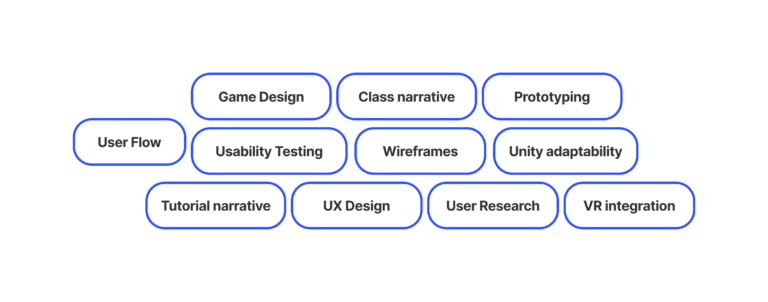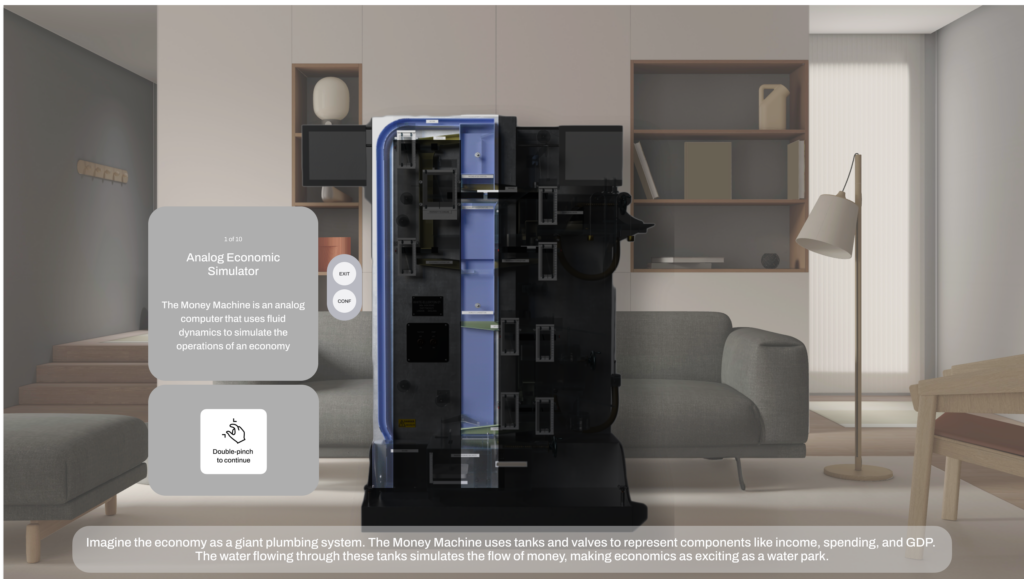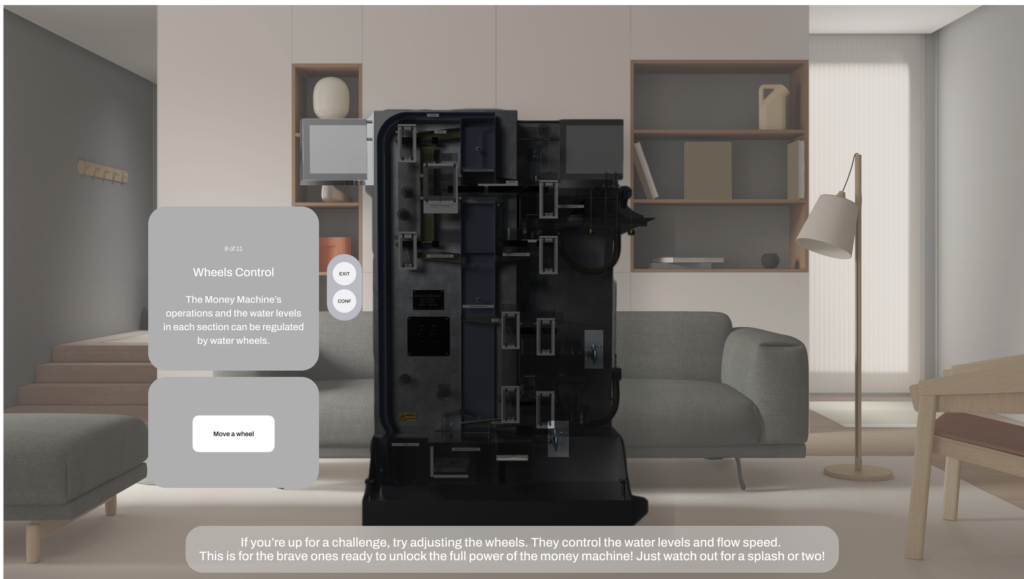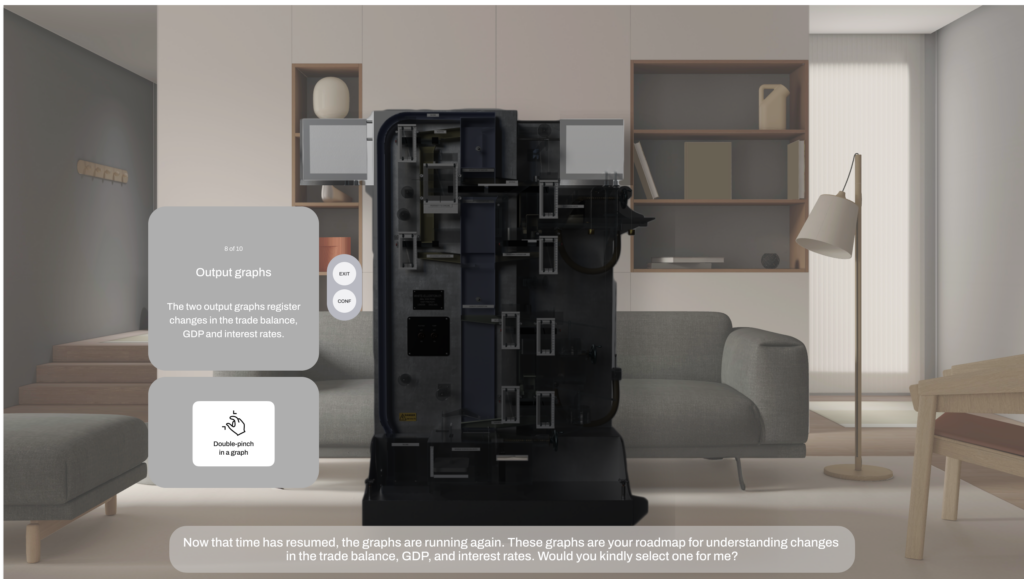Conceptualization
Our research started with the original MONIAC at the University of Cambridge, restored by Professor Allan McRobie. McRobie, both impressed and puzzled by Phillips’ design, has been a key collaborator since the project began. Our Wongdoody team completed a photogrammetry and LiDAR scan, recorded the machine’s original sounds, and gathered vital insights from McRobie to ensure our digital twin captured every essential detail.
































